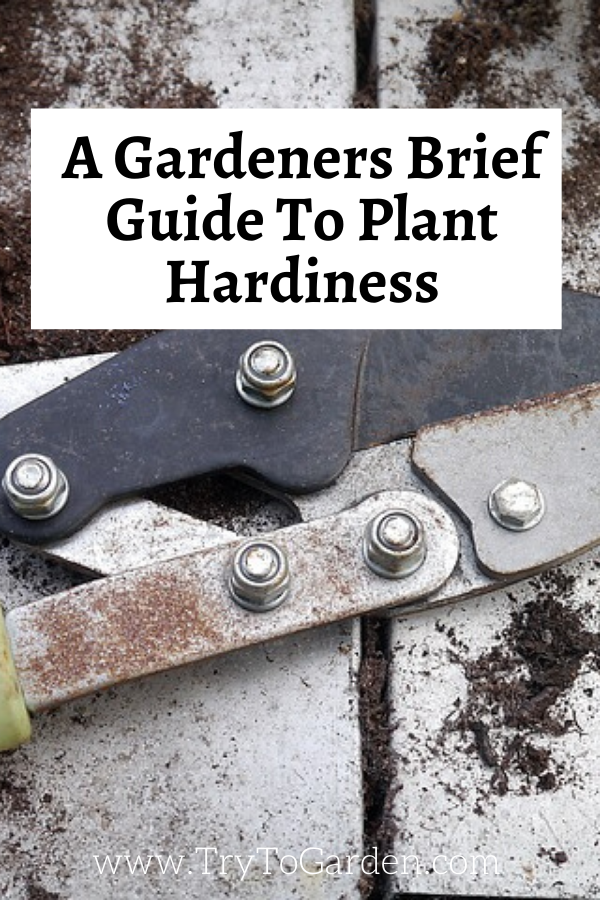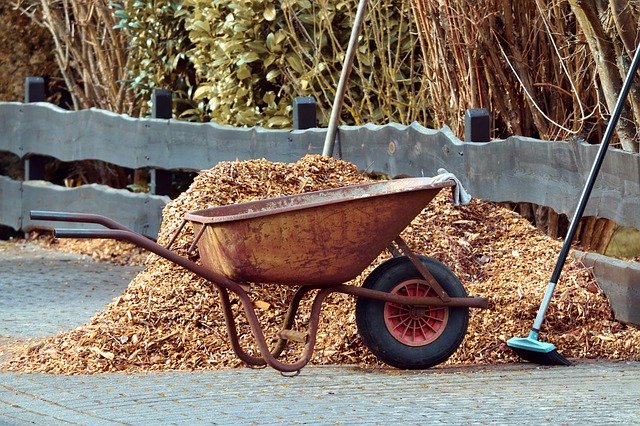This post contains affiliate links, which means I will make a commission at no extra cost to you should you click through and make a purchase. As an Amazon Associate I earn from qualifying purchases.
Finding out more about what plant hardiness means and how to improve it in your garden is more important than you might think.

In America, the U.S. Department of Agriculture (USDA) has mapped out the average coldest temperature in each area and uses this to create what it calls “plant hardiness zones.” Each 10 F range of temperatures (e.g., 0 F-10 F) is assigned a number from 1 to 11. In thorough gardening guides, the field is further broken down to 5 F ranges, with the numbers given a modifier of “A” or “B” to indicate the warmer or colder half of each zone.
A Gardeners Brief Guide To Plant Hardiness
Though useful as a rough and widely used guideline for gardeners, it does not tell the full story. Many factors affect the hardiness of plants.
Snow Cover
In wintertime, whether an area has a consistent snow cover can strongly affect plants’ survival, because a steady snow cover acts as an insulator to plants. Some plants will be more likely to survive in a consistently snow-covered zone 3 gardens than in a bare zone 6 garden. If you are in an intermittent-snow-cover area, shoveling snow from paths/driveways onto your most “marginal” (least likely to survive winter) plants will usually improve their survival chances. As long as the snow hasn’t been contaminated with road salt.

Protecting Evergreen Perennials
Whether a plant is evergreen, semi-evergreen, or “herbaceous” (dying back to the ground in wintertime) can also affect how it survives winter. Some plants vary in which strategy they use depending on how cold the climate is, which is why many perennials are often called “evergreen” but are actually only evergreen in climates with warmer winters, most often zone 7 and above.
For evergreen perennials in cold-winter climates without consistent snow cover, using the boughs of evergreen trees to provide additional insulation after the ground freezes can improve their survival chances. This can also improve the survival chances of plants whose new leaves sprout from existing stems (rather than resprouting from the ground), such as lavender, culinary sage, and Russian sage.
Wait to Clip Plants
Many gardeners do not realize that the hardiness of many herbaceous perennial plants is increased if the gardener waits to clip the plant back to the ground in early spring. While gardeners should always remove diseased plant materials from the garden in autumn, so that the chances of the disease overwintering are decreased, the primary reason to clip back perennials in fall is simply an aesthetic one. Waiting to cut plants back till spring also increases the chances that the garden will attract winter wildlife, especially birds. Birds love to look in old plant materials – stems, dead leaves, etc. – for insects, and they love to eat the dried seeds off plants that have been left standing or to root around in leaf litter for seeds or overwintering insects.

Don’t Mulch Too Soon
Many gardeners believe it is best to provide a winter mulch as soon as the weather cools, but this is not the case in areas where the ground freezes during the winter. If a gardener mulches when the weather is cooler, but the land has not yet frozen, the newly insulated unfrozen ground will be less likely to freeze than the uncovered ground around it, and this will increase the risk of damage to their plants, starting at the plants’ roots. It is best to wait to mulch until the ground freezes partway through the winter so that the ground will stay frozen underneath the mulch. Most perennials that do well with the protection of evergreen boughs or similar insulation will also be more likely to survive if gardeners wait to provide this protection until the ground has frozen.
